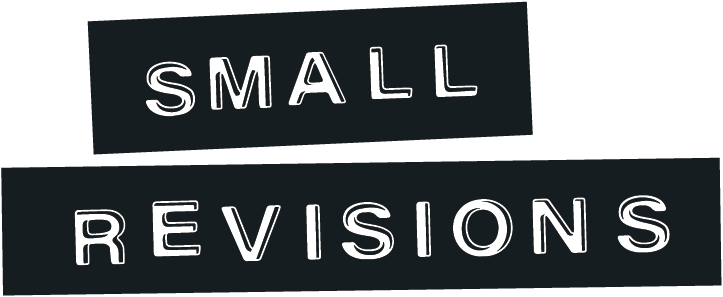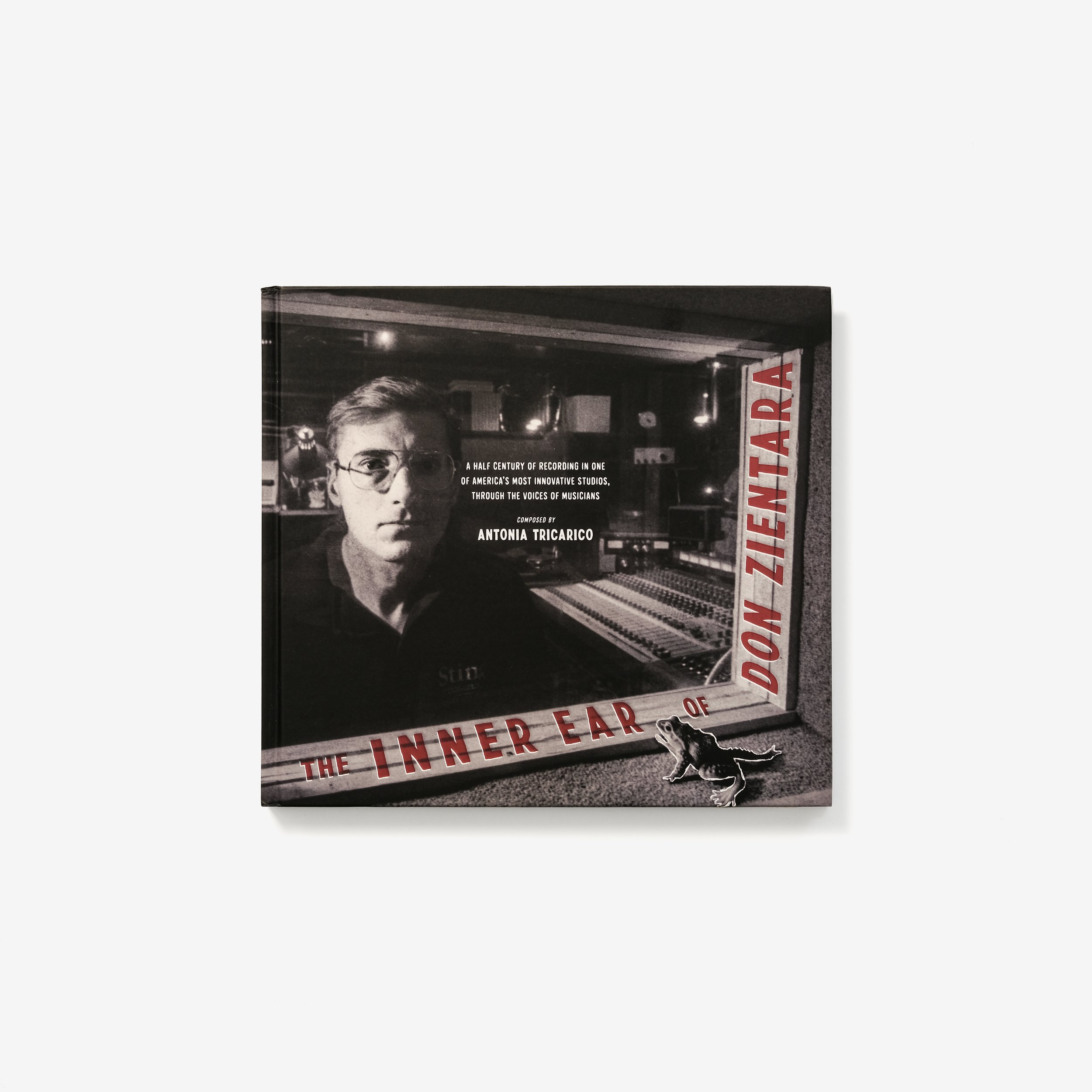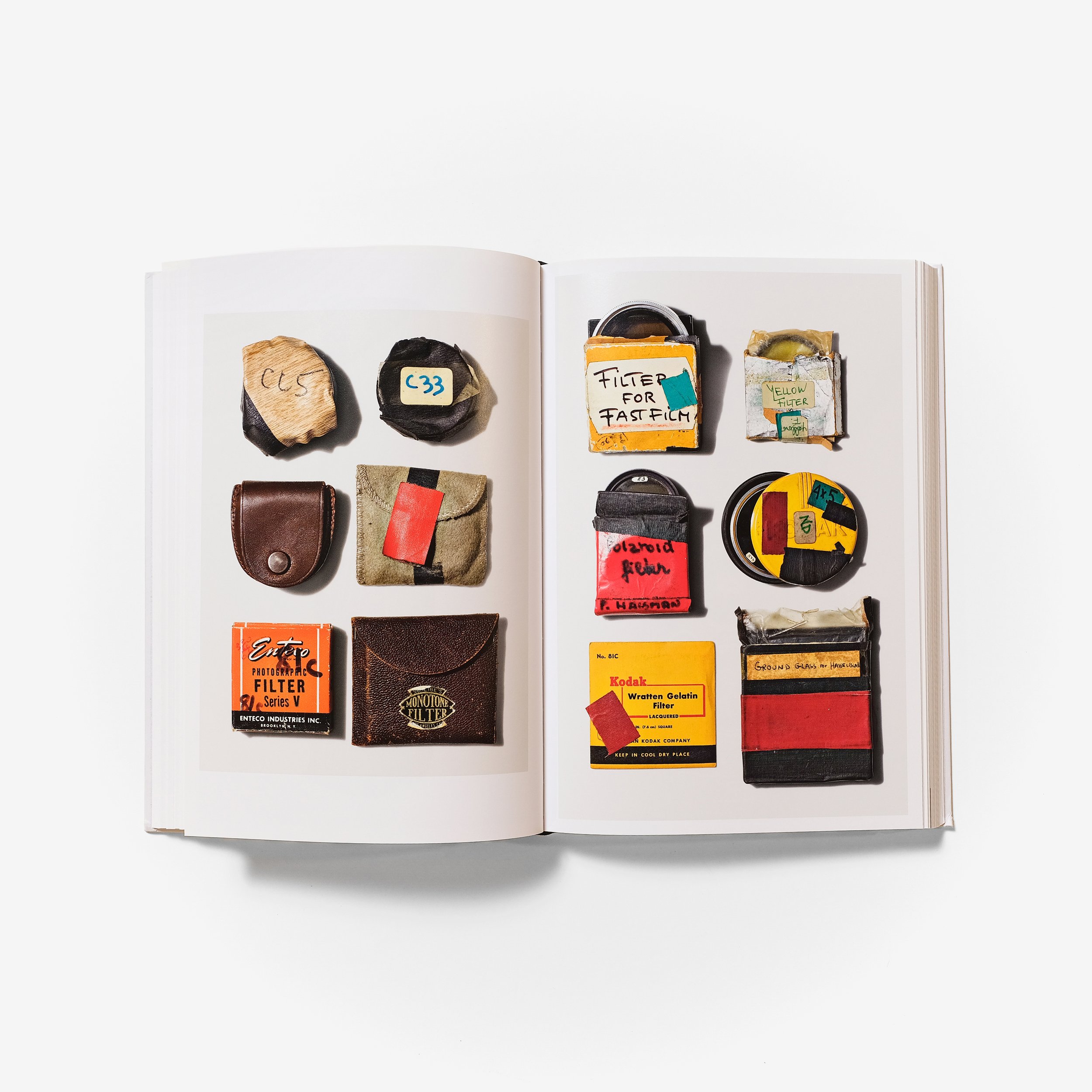Design, Typography, Etc. A Handbook
This handbook delves into the fundamental reasons behind the distinct appearances of newspapers, magazines, and books. It explores the impact of typefaces and grids on design and the intuitive sense of what works and what doesn't. The book's aim is to empower readers with essential principles, enabling independent creativity in graphic design. Richly illustrated with global examples, it covers crucial aspects of book, poster, and advert design, including color and font usage, column width, and line spacing. Sketches and explanatory text clarify technical terms, making the intricacies of designing and producing print media accessible to all.
This handbook delves into the fundamental reasons behind the distinct appearances of newspapers, magazines, and books. It explores the impact of typefaces and grids on design and the intuitive sense of what works and what doesn't. The book's aim is to empower readers with essential principles, enabling independent creativity in graphic design. Richly illustrated with global examples, it covers crucial aspects of book, poster, and advert design, including color and font usage, column width, and line spacing. Sketches and explanatory text clarify technical terms, making the intricacies of designing and producing print media accessible to all.
This handbook delves into the fundamental reasons behind the distinct appearances of newspapers, magazines, and books. It explores the impact of typefaces and grids on design and the intuitive sense of what works and what doesn't. The book's aim is to empower readers with essential principles, enabling independent creativity in graphic design. Richly illustrated with global examples, it covers crucial aspects of book, poster, and advert design, including color and font usage, column width, and line spacing. Sketches and explanatory text clarify technical terms, making the intricacies of designing and producing print media accessible to all.










